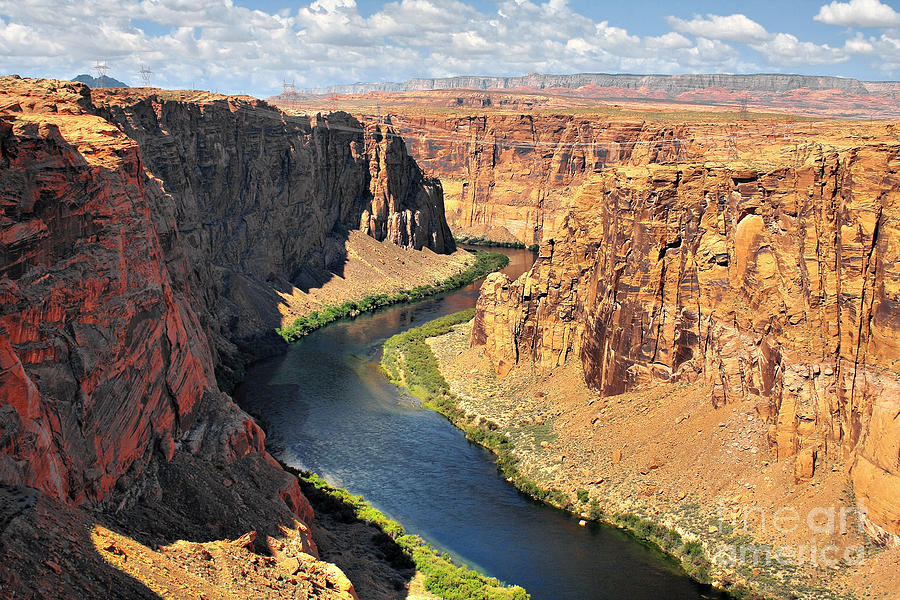
MOUNTAIN SCENERY.
THE grandest sights presented in nature are those witnessed by the mountain tourist. The winding canyons, the dashing waterfalls, the towering rocks, though presenting different phases of the beautiful, all lead the mind to view the great Creator through his wonderful handiwork.
To stand on the summit of some lofty peak, and gaze on the golden glory of the sunset, and look upon the hills as they stretch away until lost in the lake-dotted plains beyond, is a privilege, which may well be sought by the painter. But while the "beauty of the hills" may be appreciated by standing upon their highest points, and the mind be thus excited to devotional thoughts, there are other views of God's handiwork which seem more grand and wonderful. Standing upon the edge of some vast precipice, and gazing downward thousands of feet into the abyss below, one feels awed by the sublimity of nature's work. At the bottom of the gorge the foaming waters of some mighty river roar with intense fury, the stream perhaps so far beneath that it is nearly lost from sight among the rocks, and appears little more than a tiny thread of white. It seems hard to realize that this apparently little brook is in reality a great and mighty river.
One glance over such a precipice will give to the word depth a meaning never before appreciated.
But the pleasure-seeker is never fully satisfied until he views the canyon from below. Down in the awful depths of the "rocky rift," he turns his eyes upward to behold the overhanging crags, black and blasted, which threaten to topple and fall upon him. Here the walls, composed of many-colored rocks, rise perpendicularly to an enormous height, and the spectator stands spellbound as he gazes upon their fantastic shapes. Further on, is a section of the massive defile where no sunshine ever enters, and but a very narrow strip of the heavens is visible. Truly the scene presented from this standpoint is picturesque in the extreme.
The accompanying cut presents a scene similar to that just described. It shows a part of Marble Canyon, through which runs the Colorado River.
The stream passes through the canyon for sixty-five miles, and winding its way through a portion of Utah and Arizona, empties into the Gulf of California. The limestone walls, which rise from two thousand to four thousand five hundred feet, are often highly polished, and are of many colors,—white, gray, pink, and purple, with saffron tints.
At one point there is a floodplain like a marble pavement, polished and fretted in strange devices, and embossed in a thousand fantastic patterns.
True, indeed, are the words of the Psalmist, "The works of the Lord are great."
J. O. CORLISS
HABITS.
HABITS of evil are very dangerous, though they may be very small in the beginning. A single drop dripping from a hillside is small, but drop following drop, day and night, begins to make a little stream; and the stream will flow, gathering more and more as it goes, until it becomes a river, and the river a flood which sweeps away everything before it. So little habits of evil drown men in destruction. -Sin is a fire, which at first could be easily quenched, but let alone, it spreads into a conflagration, taking cities on its fiery wings and melting rocks into dust. "Touch not, taste not, handle not."
"WOULD you like to be a judge?" said a gentleman one day to a little boy. The child replied: "I think I should like better to teach children about Jesus dying to save them. That would make them love and obey him; and if they loved and obeyed him, they would not need a judge."